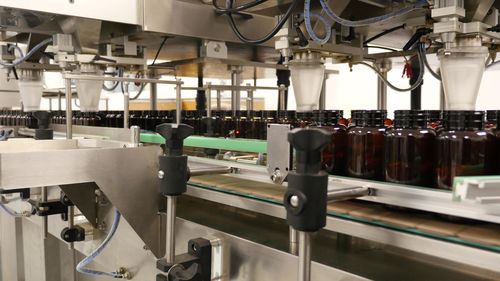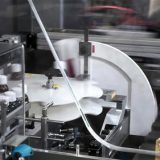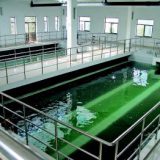One, Fastener materials
The fasteners mainly include bolts, studs, and nuts. Fasteners directly bear pressure on the valve, which plays an important role in preventing media outflow. Therefore, the selected materials must ensure sufficient strength and impact toughness at service temperature.

The alloy steel must be heat-treated. For special corrosion resistance requirements of tight parts, Cr17Ni2, 2Cr13, 1Cr18Ni9, and other stainless acids resistant steel can be used.
Two, Packing material
For sanitary valves, packing is used to fill the space in the packing chamber of the valve cover to prevent medium leakage through the stem and the packing chamber space of the valve cover.
1. Requirements for packing
1) Corrosion resistance is good, filler and medium contact must be able to withstand the corrosion of the medium.
2) Good sealing performance and the packing will not leak under the action of medium and working temperature.
3) The friction coefficient is small to reduce the friction torque between the stem and the filler.
2. Types of fillers
Fillers can be divided into two types: soft packing and rigid packing.
1) Soft packing:
It is made of botanical substances, such as hemp, flax, asbestos, jute, etc., or minerals, such as asbestos fibers, or yarns woven by asbestos fibers with metal wires inside and graphite powder outside. It also has compacted fillers and flexible graphite filler materials newly developed in recent years.
Vegetable packing is cheaper and is often used in low-pressure valves below 100 C. Mineral packing can be used in valves between 450 and 500 C.
In recent years, the structure using rubber O-ring as filler is gradually popularized, but the medium temperature is generally limited to below 60 C.
Fillers on high-temperature and high-pressure valves are also made of pure asbestos and sheet graphite powder.
2) Rigid packing:
That is, fillers made of metal or metal mixed with asbestos and graphite, and fillers made of PTFE by pressing and sintering, the use of metal fillers is less.
Selection of temperature for common fillers
3. Filler selection
The selection of fillers should be based on media, temperature, and pressure.
1) Oil immersed asbestos rope can be selected according to the table.
Note: Shape code F denotes square, through-the-core, or multi-layer knitting; Y denotes round, with the twisted core in the middle, with one to multi-layer knitting outside; N denotes twisted.
2) Rubber asbestos rope: press the table to select.
3) Graphite asbestos rope: The asbestos rope is coated with graphite powder. It can be used at temperatures above 450 C and pressure up to 16 Mpa. It is generally suitable for high-pressure steam. In the near future, the adult shaped packing was gradually applied, and the sealing was good.
4) Polytetrafluoroethylene: This is a widely used filler. It is especially suitable for corrosive media, but the temperature should not exceed 200 degrees.
Three, Gasket material
Gaskets are used to fill all bumps between two joints, such as the sealing surface between the valve body and the cover, to prevent medium leakage from the joints.
1. Requirements for gaskets
Gasket material has a certain elasticity, plasticity, and enough strength at working temperature to ensure sealing. At the same time, it must have good corrosion resistance.
2. Types and selection of gasket materials
Gaskets can be divided into soft and hard, soft is generally non-metallic materials, such as cardboard, rubber, asbestos rubber, polytetrafluoroethylene, and so on. Hard is usually metal or metal asbestos, metal, and asbestos winding. There are many shapes of gaskets, such as flat, circular, elliptical, toothed, lenticular, and other special shapes.
Metal gaskets are generally made of 08, 10, 20 high-quality carbon steel and 1Cr13, 1Cr18Ni9 stainless steel, which require high processing accuracy and surface finish and are suitable for high temperature and high-pressure valves.
Nonmetallic gasket materials are generally of good plasticity and can be sealed with little pressure. Suitable for low-temperature and low-pressure valves.
For more information, please visit http://www.adamantvalves.com/products.html




